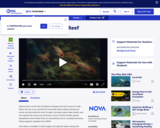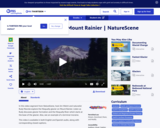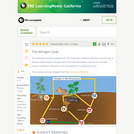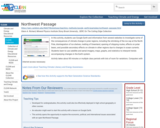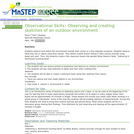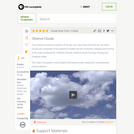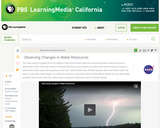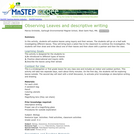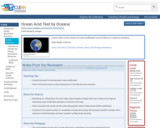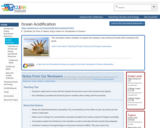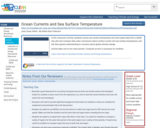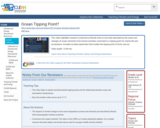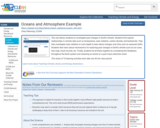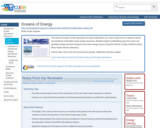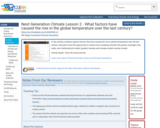
In this activity, students explore factors that have caused the rise in global temperature over the last century. Educators have the opportunity to assess how modeling activities (the game), analogies (the cake), and mathematical models (graphs) develop and change student mental models.
- Subject:
- Applied Science
- Atmospheric Science
- Career and Technical Education
- Environmental Science
- Environmental Studies
- Physical Science
- Material Type:
- Activity/Lab
- Provider:
- CLEAN: Climate Literacy and Energy Awareness Network
- Provider Set:
- CLEAN: Climate Literacy and Energy Awareness Network
- Author:
- Will Steger Foundation/Climate Generation
- Date Added:
- 09/24/2018

